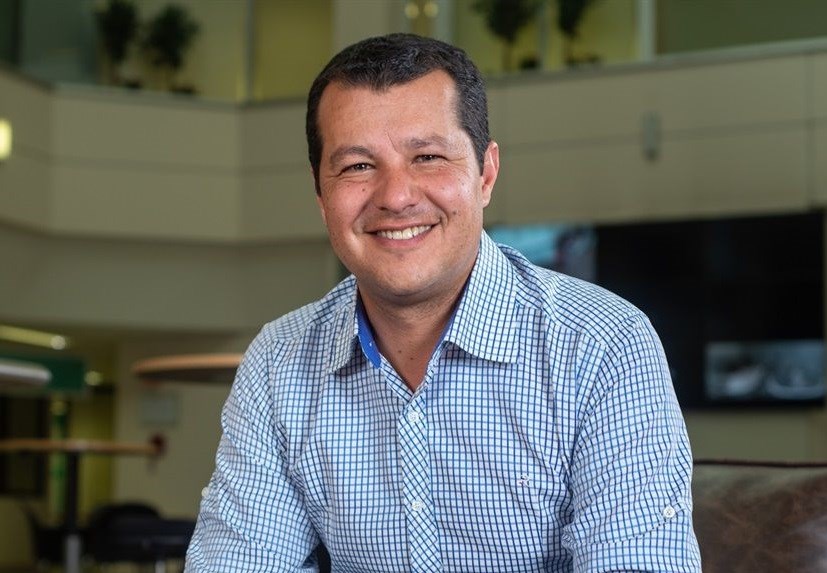
Top stories

LegalNigeria to implement new tax laws from January 1 despite calls for delay, Tinubu says
Camillus Eboh 1 day


Laptops and mobile devices have infiltrated the classrooms causing a distraction to the teaching process. The future classroom is well connected with professors utilising Wi-Fi to their advantage to create an interactive learning experience.
As we prepare for this shift, we look at some mistakes that must be avoided.
When it comes to Wi-Fi in the classroom, you must get buy-in from the right people. Meet with building management about installing a Wi-Fi solution to help professors use technology in their teaching. It’s difficult for building management to visualise new Wi-Fi hardware.
Bring APs and mounts that would be used in the classroom. Remind them it’s for new teaching and learning methods.
One of the easiest supporters will be the professors. Professors are your best resource in acquiring funds for new Wi-Fi deployments. Once the service is requested by more teachers, the campus budget committee begins allocating more funds to the project.
Everyone must have a common background to reach the end goal with minimal pushback. Start here, with the buy-in for any classroom Wi-Fi project.
It’s almost a cardinal sin to install an AP that clashes with architectural design. Installing new Wi-Fi in historic buildings can be extremely complicated and frustrating. The campus wants to maintain the original look and feel but you’re tasked with ensuring the campus is moving forward with new technology.
Ignoring the aesthetics of a building is the quickest way to get left out of future project planning. You will want to work with the architects and their team members to prevent less-than-ideal cabling locations. Help educate them on why you need APs placed according to a design.
Giving the architects options shows them you’re a resource willing to help lend to their architectural designs without compromising the quality of Wi-Fi.
The Achilles heel of Wi-Fi is one no plan and design. Classrooms and lecture halls are dense with devices. Start by speaking with the professors. Understand how they want to use Wi-Fi.
The challenges are increased with students bringing in their own devices, creating a BYOD environment.
Wi-Fi is being used to create an interactive learning experience. The approach we must take is to design and architect a Wi-Fi network to meet the requirements of classroom activities using capacity planning, predictive and validation surveys, and the selection of proper antennas and mounting solutions. You wouldn’t build a house without planning it and making a blueprint first.
The most common mistake in configuration is to allow a WLAN system to automatically make configuration decisions without tuning.
Many engineers leave auto-RF settings to their defaults. The configuration must be based upon the design for the classroom. And knowing what exactly those knobs do is just as critical as the design.
Understand what results there may be for specific settings, such as using higher minimum data rates, disabling low data rates, transmit power selections, wider channel widths, etc. Poor configuration and optimization lead to a poor user experience.
Upon completing the configuration, perform a validation survey to ensure the deployment matches the design and meets the requirements.
Working with unlicensed spectrum will gather its own set of issues. In order to support teaching and learning in the classrooms, we must be proactive. Having no monitoring in place is a big mistake for a large environment supporting professors and students.
There are certain metrics and thresholds to monitor which will indicate the overall health of the Wi-Fi network. More advanced tools can drill in further to specific APs and groups of APs for accurate results down to near real-time.
Monitoring will reveal issues which may not be apparent to the end users. Issues such as retry rates, poor roaming, and average throughput. Have a system which can monitor end-user experience so IT can respond quickly.
Wi-Fi is not a 'set and forget it' technology. The unlicensed spectrum is susceptible to a variety of issues. We must treat it as a lifecycle - from planning to design, configuration, monitoring, optimisation, and back again to planning. Buy-in from stakeholders helps Wi-Fi objectives get closer to completion. Let everyone know how APs affect the aesthetics of the environment.
It’s important to respect the look and feel of a room. Once we get past those hurdles, don’t forget to plan and design to requirements. Identify the needs of everyone. Audit configurations of your WLAN infrastructure. Understand what each setting does and what the ramifications are. Then validate the implementation with a survey. Continue to monitor closely and make changes to improve the experience.